Sample Letter of Recommendation Template for Professional Use
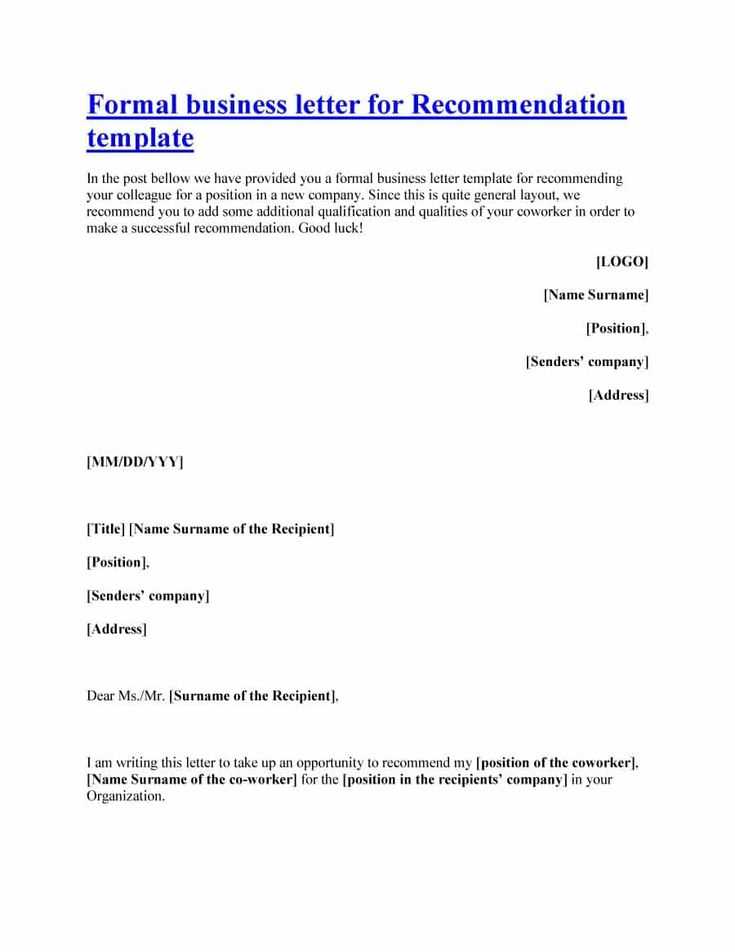
htmlEdit
Writing an endorsement for someone is an important task that requires clarity, sincerity, and a strong understanding of the individual’s strengths. This kind of document plays a significant role in showcasing a person’s qualifications, skills, and character. Whether for professional or academic purposes, a well-written endorsement can make a meaningful impact on the recipient’s future opportunities.
Effective endorsements should be tailored to the specific context, highlighting relevant achievements and personal traits that align with the position or program the individual is seeking. A carefully structured text not only conveys support but also demonstrates the writer’s genuine belief in the person’s abilities.
When drafting such an endorsement, it’s essential to focus on the key qualities that make the individual stand out, using clear examples and strong language to persuade the reader of their suitability. Proper organization and attention to detail will ensure the message is both professional and compelling.
htmlEdit
Guide to Writing a Personal Endorsement
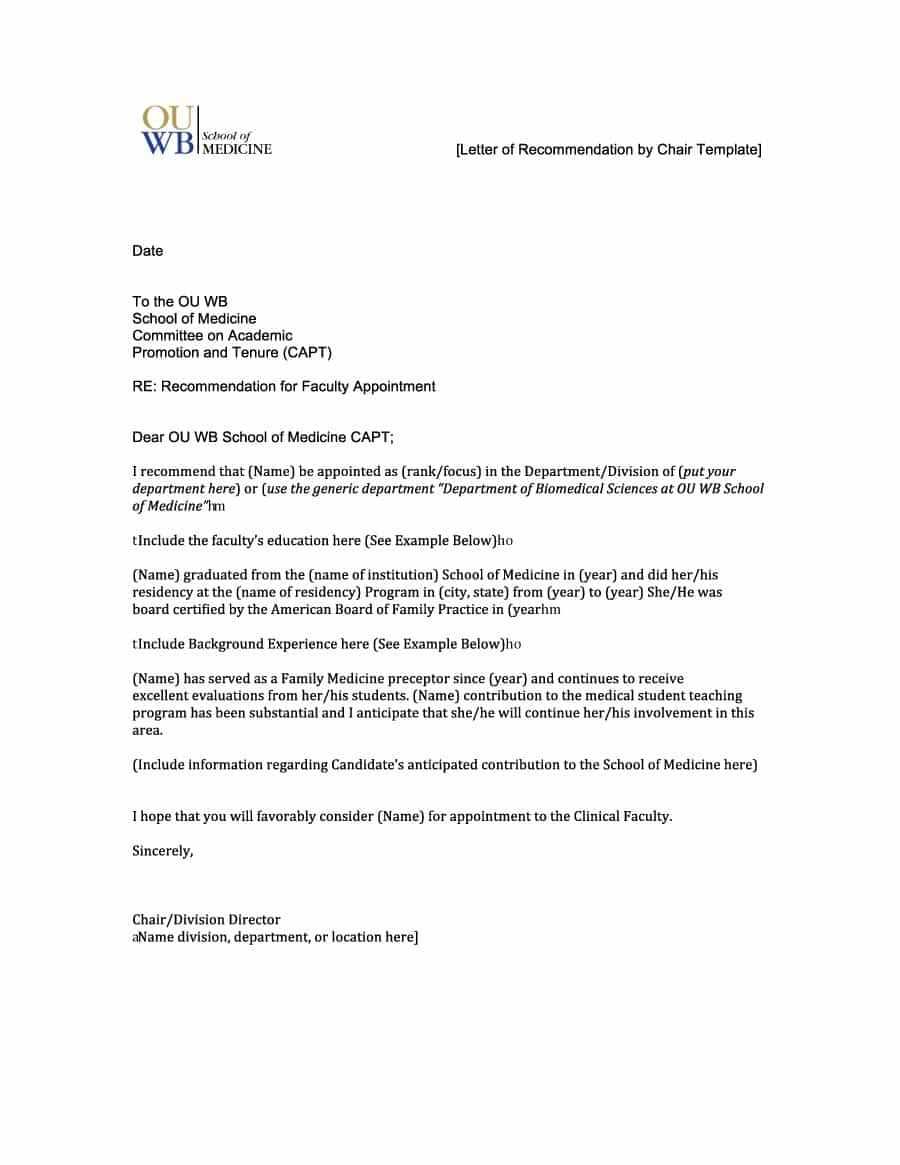
Creating a strong and impactful endorsement requires careful thought and structure. This type of document serves to highlight an individual’s qualifications, experiences, and personal qualities in a way that aligns with the desired opportunity. A well-crafted endorsement can significantly enhance the chances of success for the person being endorsed.
Understanding the Purpose of an Endorsement
It’s important to first grasp the purpose behind writing such a document. An effective endorsement should provide a clear picture of the individual’s abilities and character, demonstrating why they are a strong candidate for the position, program, or opportunity in question. By presenting specific examples and achievements, the writer helps create a persuasive argument for the individual’s potential.
Key Components to Include
To ensure the endorsement is both meaningful and convincing, focus on including the following components:
- Introduction: Briefly state your relationship with the individual and the context in which you know them.
- Personal Strengths: Describe their key qualities and characteristics that make them stand out.
- Relevant Achievements: Provide specific examples of their accomplishments or experiences that directly relate to the opportunity.
- Closing Remarks: End with a strong statement of endorsement and a call to action, encouraging the reader to consider the individual seriously.
When writing this kind of document, avoid generic language and instead focus on personalized details that truly reflect the person’s unique abilities. This approach will make the endorsement more compelling and memorable to the reader.
htmlEdit
Key Components of a Strong Endorsement
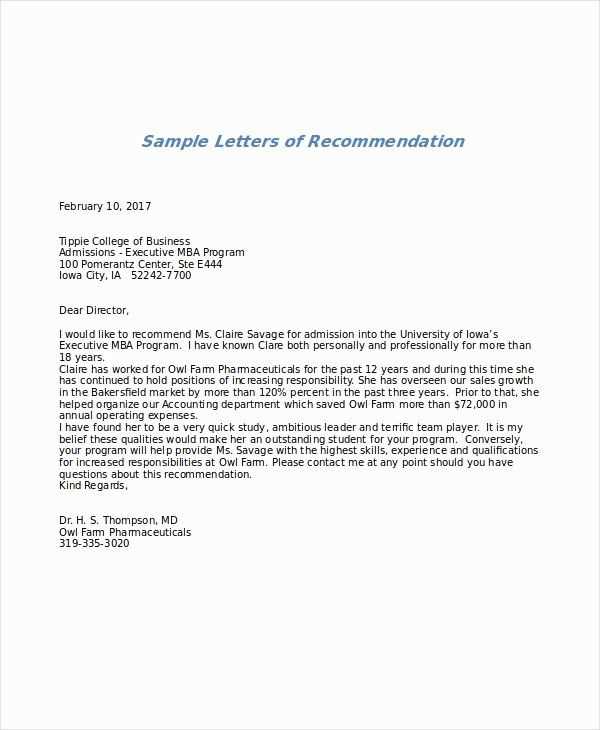
A well-crafted endorsement must be composed of specific elements that work together to create a compelling argument for the individual’s abilities and qualifications. These components help structure the content in a clear and persuasive manner, ensuring that the message is both professional and impactful.
The first crucial element is a strong introduction, where you briefly explain your relationship to the person and the context in which you know them. This sets the foundation and establishes your credibility as a source of support.
Next, providing examples of the individual’s key achievements and skills is vital. Highlighting relevant accomplishments that demonstrate their capabilities in a real-world context allows the reader to see the tangible value they bring.
Lastly, a conclusion should reaffirm the person’s suitability for the opportunity at hand. This closing remark should be positive, direct, and confident, leaving no doubt in the reader’s mind about the individual’s potential.
htmlEdit
Choosing the Appropriate Tone
When crafting a formal endorsement, it is essential to maintain a tone that aligns with the context and purpose of the communication. The way in which you present your thoughts can significantly influence how the recipient perceives the message. A well-balanced tone ensures that your support is conveyed clearly and effectively, without sounding overly casual or excessively formal.
Balancing Formality and Approachability
Striking the right balance between professionalism and warmth is key. While it’s important to stay respectful and courteous, a tone that feels too stiff might create distance, leaving the message feeling impersonal. On the other hand, being too relaxed could undermine the seriousness of your intent. It’s crucial to find a middle ground that reflects both your respect for the person you are endorsing and the formality of the situation.
Considering the Relationship
The relationship between you and the individual plays a role in determining the tone. For a professional acquaintance, a more formal approach might be suitable, while a close colleague or long-time associate may warrant a slightly more casual and personal tone. Understanding the dynamics of your connection helps ensure that your message remains authentic and appropriate.
htmlEdit
Adapting the Letter for Specific Roles
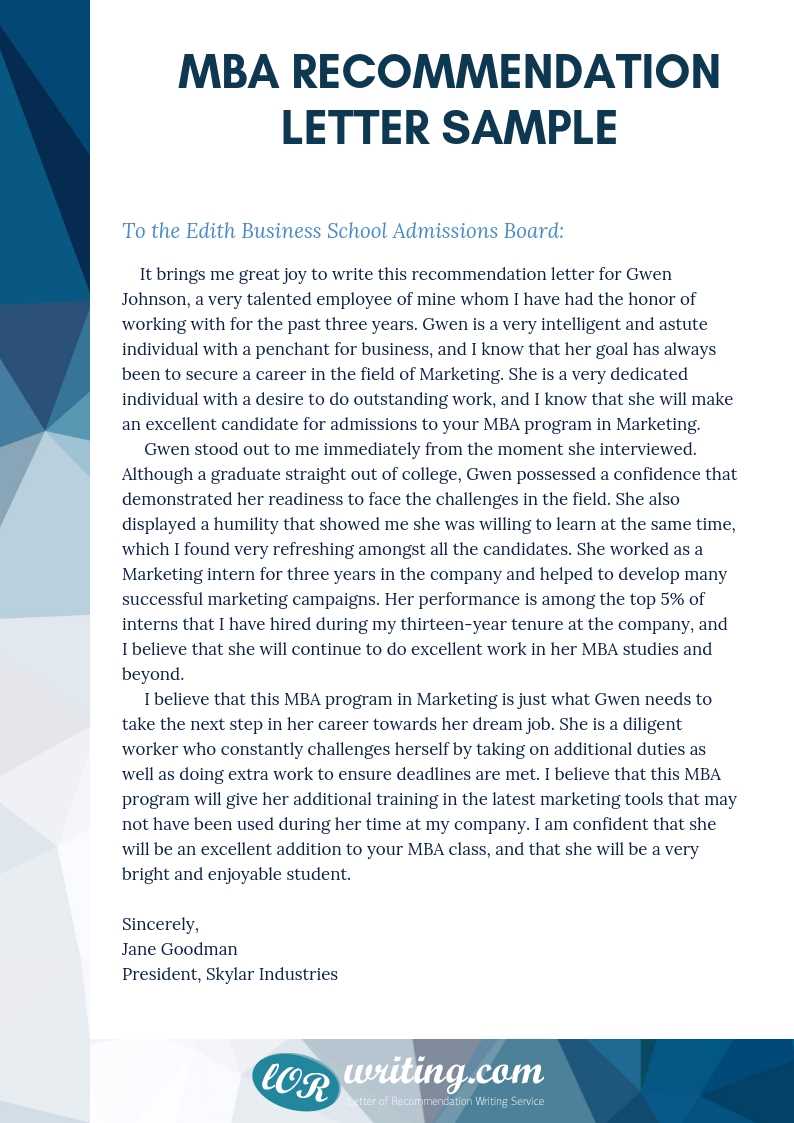
Tailoring a supportive message for particular positions or fields ensures that the qualities and skills highlighted are relevant to the role at hand. Emphasizing specific strengths that align with the requirements of the position not only makes your message more impactful but also demonstrates your understanding of the job’s demands. Personalizing the content increases its effectiveness by making it more targeted and meaningful.
Highlighting Relevant Skills
When endorsing someone for a particular role, it’s crucial to focus on abilities that directly correspond to the job responsibilities. For instance, a candidate applying for a leadership position should have their managerial skills emphasized, while an applicant for a creative role may benefit from showcasing their innovation and problem-solving capabilities.
Adjusting the Tone Based on the Industry
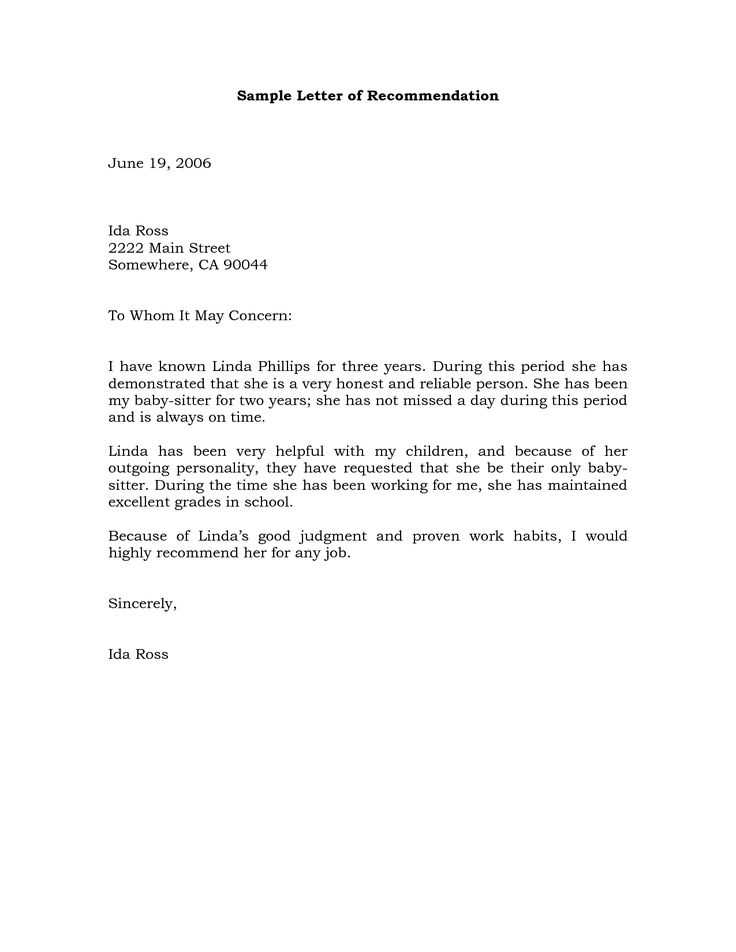
The tone of your endorsement can also vary depending on the industry. For more traditional fields, such as finance or law, a formal and precise approach is usually best, while creative industries may welcome a slightly more relaxed and conversational tone. Understanding the cultural expectations of the field is essential when shaping your message.
| Role | Key Qualities to Highlight | Tone Adjustment |
|---|---|---|
| Manager | Leadership, Decision-making, Communication | Formal, Respectful |
| Creative Director | Innovation, Creativity, Vision | Casual, Inspirational |
| Software Engineer | Technical Skills, Problem-solving, Collaboration | Professional, Focused |
htmlEdit
Common Errors to Avoid in Writing
When composing a supportive message, it’s easy to overlook certain pitfalls that can diminish the impact of your words. Avoiding common mistakes ensures your communication remains clear, professional, and effective. Whether it’s incorrect phrasing or failing to tailor your content to the intended recipient, being aware of these errors can help maintain the quality of your message.
One common issue is using vague or generalized statements that lack specificity. Instead of broad claims, focus on concrete examples that demonstrate the person’s qualifications. Another mistake is neglecting to keep the tone consistent. Switching between formal and informal tones within the same piece can confuse the reader and reduce the overall professionalism.
Additionally, be mindful of grammar and spelling errors, which can undermine your credibility. Small mistakes may seem insignificant but can distract from the main message. Always proofread your work or have someone else review it before finalizing the communication.
htmlEdit
Organizing the Letter Effectively
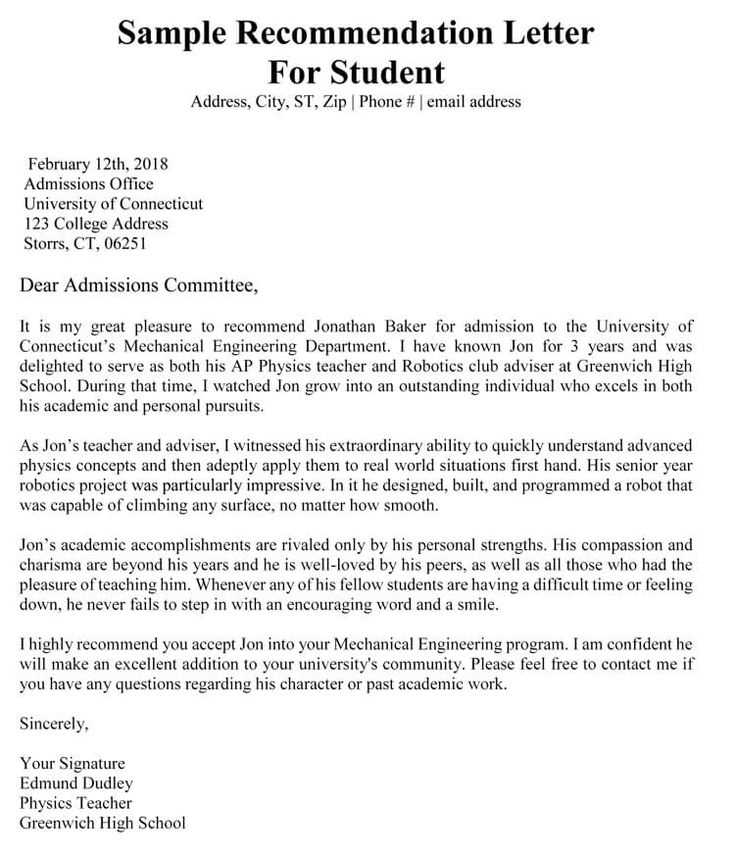
Proper organization is key to ensuring your supportive message is clear and impactful. Structuring your content in a logical sequence allows the reader to follow your points easily and understand the candidate’s strengths. A well-organized piece not only communicates your thoughts efficiently but also highlights the most important aspects of the individual’s qualifications.
Begin with an introductory paragraph that briefly explains the purpose of your message and your relationship to the individual. Follow this with a section that elaborates on their skills, experience, and accomplishments, providing specific examples to support your claims. Conclude with a strong closing statement, reiterating your endorsement and offering additional contact information if necessary.
htmlEdit
Final Advice for Crafting a Persuasive Letter
Creating an influential endorsement involves more than just listing a person’s strengths. To make your message truly compelling, it’s important to communicate your genuine belief in the individual’s abilities while ensuring that the content remains clear and to the point. Focusing on specific, relevant details can significantly increase the letter’s persuasiveness.
Key Strategies for Strengthening Your Message
- Be specific: Provide concrete examples that illustrate the individual’s skills and achievements.
- Maintain a clear structure: Organize your thoughts logically, starting with an introduction, followed by detailed evidence, and concluding with a strong endorsement.
- Show genuine enthusiasm: Express your sincere belief in the person’s potential, but avoid exaggerating their abilities.
Final Touches for a Strong Impact
- Proofread: Check for grammatical errors or awkward phrasing that could distract from your message.
- Keep it concise: Avoid unnecessary details that might detract from the core message.
- Customize for the audience: Adjust the tone and content to match the position or context in which the endorsement will be used.